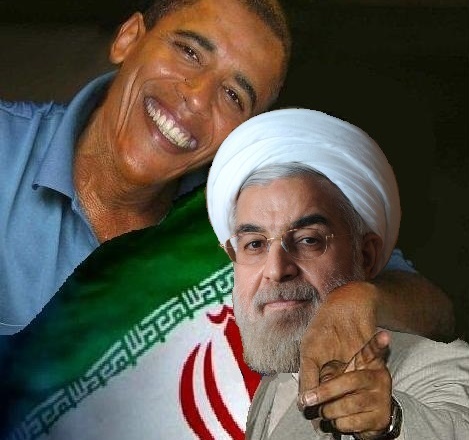To anyone questioning why the US must take a noticeable role in supporting Saudi Arabia in the aftermath of the Iranian attack on its oil production, and the forces (domestic and Iranian) that strategize against it, read this article.
H/T: David Reaboi
Team Iran
How Iran makes war in the Middle East while turning U.S. foreign policy into an extension of partisan American politics
It wouldn’t seem hard for anyone remotely interested in the fate of the planet to draw at least one clear lesson from last Saturday’s Iranian strikes on Saudi Arabia: There is no way that the regime that casually took 50% of Saudi oil production offline can ever be allowed to get anywhere near possessing a nuclear bomb. Imagine what a nuclear-armed Iran might do to the oil production on which the entire planet depends for energy, transportation, and food. Does anyone really care to wager that an Iranian regime that had such devastating weapons wouldn’t actually use them? That seems like a bad bet.
And yet that was precisely how a highly visible segment of political partisans in Washington has chosen to see things. The oil fields were still burning as former Barack Obama aides, Democratic Party officials, political operatives, and journalists rolled out an arsenal of tweets, quotes, and op-eds laying down cover for a military attack targeting the world’s oil supply. In a different time, the idea of a public campaign to cheer on an operation whose intended effect was to raise oil prices and terrorize a traditional US ally might seem like a deranged PR stunt by campus nihilists. But in DC’s toxic new zero-sum political game, an attack on Saudi Arabia is good news— not because it benefits America or Americans in any conceivable way, but because it benefits Iran. Same difference, right?
The public conjoining of US and Iranian interests represents the fulfillment of Obama’s signature foreign policy initiative, the 2015 nuclear deal with Iran, officially known as the Joint Comprehensive Plan of Action. The purpose of the JCPOA was to bribe the Iranians to hold off on building a bomb until Obama left office by legitimizing a future Iranian bomb while filling the regime’s coffers with hundreds of billions of dollars. The effect of the deal was to arm and fund the country that Obama saw as America’s new ally in the region.
Right or wrong, Obama believed this was in the American interest. Minimizing the US footprint in the region required partnership with a power that could bear the load after America’s exit. From Obama’s perspective, that power could only be Iran: Saudi Arabia was not a military power, Iraq was a mess, Egypt was politically unstable, and Israel was a non-starter. So he tabbed Iran as the curator of US regional interests, even though its elevated standing came at the expense of traditional US allies. This is what Obama meant by regional “balance.”
In the Middle East, the JCPOA realigned American interests with those of the Islamic Republic. At home, it aligned supporters of Obama’s foreign policy with diplomats, agents and propagandists for the Islamic Republic of Iran, whose job was to promote rapprochement. The result was the merging of these two interest groups, one domestic and one foreign, into a new vertical: Team Iran.
Team Iran’s ability to identify its opponent as Donald Trump no doubt contributes to its power in Washington: If you are against Iran, then you are with Trump. Yet why get in bed with Iran if your goal is to extricate yourself from the region—a goal that both Trump and Obama in fact share? The idea that Iran is devoted to undermining U.S. power in the region was a noncontroversial mainstay of U.S. government analysis that was widely shared by Obama’s first-term foreign policy team of Defense Secretary Robert Gates, Secretary of State Hillary Clinton, and CIA chief and later Defense Secretary Leon Panetta—and is helpfully emphasized by the “Death to America” chants that are a mainstay of Iranian government rallies and other events.
So how do we describe the forces arrayed against Team Iran? You can’t really call it Team Saudi or Team Israel. As Obama correctly observed, both lack the ambition and ability to muster a large supporting cast. Iran, by contrast, has managed to galvanize a large constituency throughout the region and further abroad by employing violence and coloring it with a relatively coherent ideology: “resistance.”
What’s opposing Team Iran is simply the status quo, the mundane baseline of US Middle East policy for eight decades across Republican as well as Democratic administrations. In that order, Saudi Arabia and Israel are parts of a US-sponsored security structure that also includes traditional US allies like Egypt, Jordan and the United Arab Emirates, and even Turkey. To lock in realignment, Team Iran has targeted the components of the traditional U.S. order of the region—while turning U.S. foreign policy in the Middle East into an extension of partisan American politics.
For his part, Trump has defended the traditional American alliance system for traditional American reasons, based on a combination of foreign policy realism and idealism.

